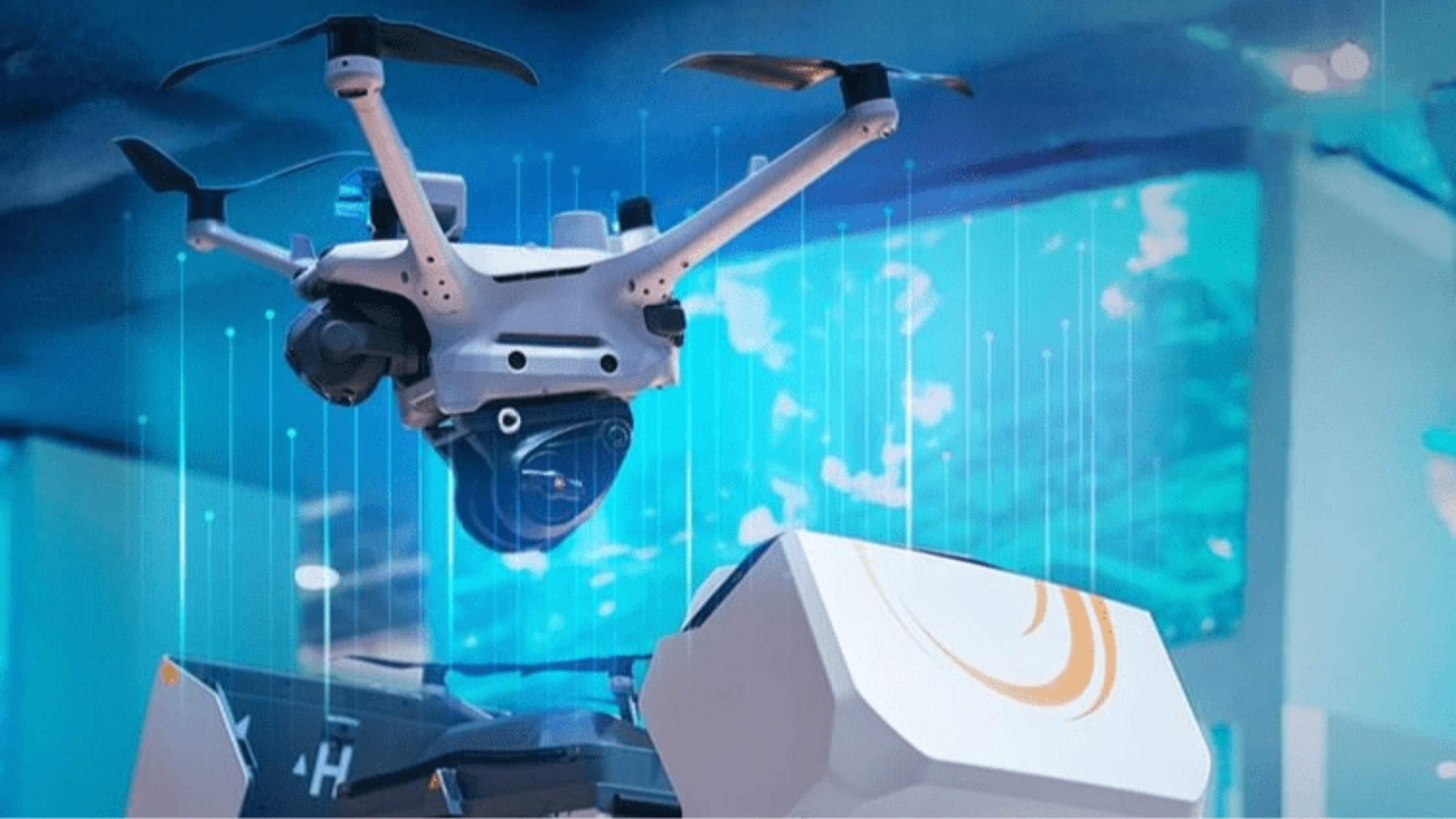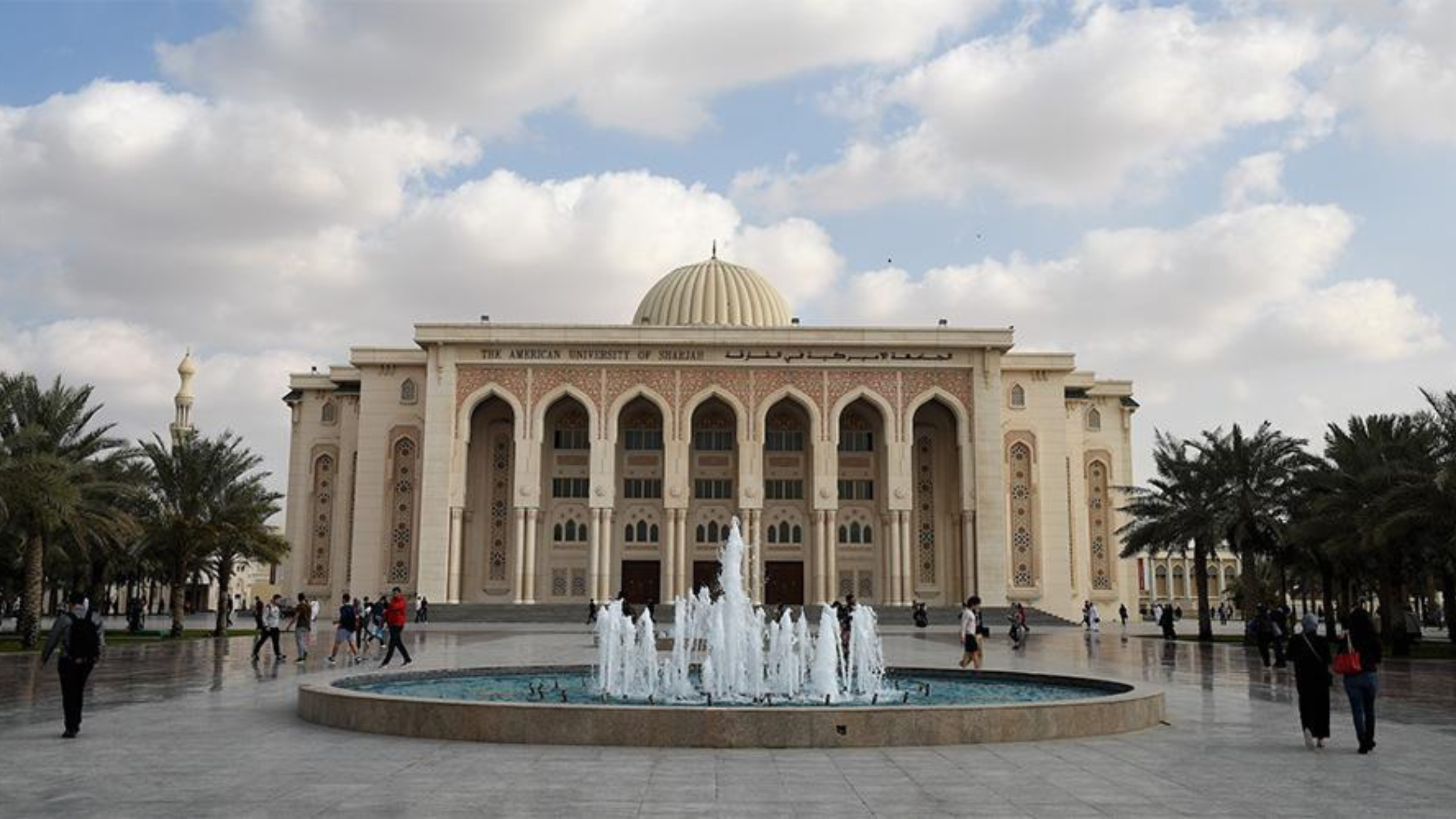India Test-Fires Prithvi-II and Agni-I Missiles, Strengthens Nuclear Deterrence Posture

In a significant demonstration of strategic readiness, India successfully conducted test-firings of two of its most critical nuclear-capable ballistic missiles Prithvi-II and Agni-I on July 17, 2025. These test launches, carried out from the Integrated Test Range in Odisha, were overseen by the Strategic Forces Command (SFC), which manages India’s nuclear arsenal.
According to official statements from the Ministry of Defence, both missile systems achieved “textbook performance,” validating all mission objectives, including accuracy, flight stability, and payload delivery parameters. The operation, executed at night, forms a crucial component of India’s policy of maintaining a credible minimum nuclear deterrent.
The two tests, which took place within hours of each other, reinforce India’s commitment to ensuring that its land-based nuclear delivery platforms remain effective, reliable, and combat-ready.
Missile Systems Overview: Agni-I and Prithvi-II
The Agni-I and Prithvi-II are part of India’s indigenous missile development programs and play vital roles in the nation’s strategic forces. The Agni-I is a medium-range ballistic missile (MRBM), whereas Prithvi-II is a short-range ballistic missile (SRBM).
Prithvi-II
Originally developed under India’s Integrated Guided Missile Development Programme (IGMDP), the Prithvi-II is a single-stage, liquid-fueled missile with a range of up to 350 kilometers. It is capable of carrying a payload of 500 to 1,000 kilograms, including nuclear warheads, and can be launched from mobile platforms.
The missile uses an advanced inertial navigation system and incorporates countermeasures against missile defense systems, allowing it to penetrate hardened targets and defended zones. Operational with the Indian Army since 2003, the Prithvi-II has undergone several upgrades and user trials over the years.
Agni-I
The Agni-I is a solid-fueled, road-mobile missile with a range between 700 and 900 kilometers, depending on the payload configuration. It is designed for quick deployment and is capable of delivering nuclear warheads with high accuracy. The missile entered service in the early 2000s and is operated by the 334 Missile Group under the Strategic Forces Command.
Agni-I fills the gap between Prithvi-II and longer-range Agni missiles (Agni-II, Agni-III, and Agni-V), making it a key asset for short- to medium-range strategic deterrence, particularly against regional adversaries.
Strategic Forces Command and Mission Objectives
The successful test-firings were carried out under the command of the Strategic Forces Command (SFC), which is responsible for India’s nuclear weapons and delivery systems. The SFC operates under the Nuclear Command Authority, ensuring civilian control over the country’s nuclear arsenal.
Officials involved in the test said both missiles met all technical and operational parameters, reaffirming their capability to deliver nuclear payloads with precision. The mission involved pre-launch procedures, tracking systems, and real-time telemetry to evaluate missile behavior from launch to impact.
A senior defense official stated:
The Agni-I and Prithvi-II tests were part of routine user trials. These ensure our operational preparedness and validate the reliability of our systems. Both missiles hit their designated impact zones with high accuracy.
The official added that the tests demonstrated India’s ability to mobilize, deploy, and launch nuclear-capable systems under realistic battlefield conditions.
Regional Security Context and Strategic Signaling
The dual test-launches come at a time of heightened military readiness in South Asia, particularly after recent skirmishes along India’s western and northern borders. Although government officials have not linked these launches to any specific event, defense analysts see the timing as significant.
In May 2025, India faced renewed tensions along the Line of Control (LoC) with Pakistan, and there have been ongoing standoffs with Chinese forces near the Line of Actual Control (LAC) in eastern Ladakh. The missile launches send a strategic message about India’s capability and resolve to defend its national security interests through both conventional and strategic means.
Retired Lt. Gen. A. B. Mahapatra, a former corps commander, remarked:
India has always emphasized restraint in its nuclear policy, but credible deterrence requires visible capability. Regular test launches by the Strategic Forces Command ensure that India’s adversaries know the systems are fully operational and ready.
India maintains a “No First Use” (NFU) policy regarding nuclear weapons and upholds the doctrine of credible minimum deterrence, in contrast to more aggressive nuclear postures seen in the region.
Akash Prime: High-Altitude Test in Ladakh
In a related development, India also conducted a high-altitude test of the Akash Prime surface-to-air missile system on July 16, just a day before the Agni and Prithvi launches. The trial was carried out at a forward location in Ladakh, where the upgraded missile intercepted two high-speed aerial targets at an altitude of approximately 4,500 meters.
The Akash Prime features an indigenous radio-frequency seeker developed by India’s Defence Research and Development Organisation (DRDO), allowing it to lock onto and destroy enemy aircraft, drones, or cruise missiles with improved accuracy at high altitudes.
Officials said the test followed the successful deployment of Akash batteries during Operation Sindoor, a high-mobility defensive posture executed earlier this year in the Himalayan region.
India’s Defence Minister Rajnath Singh praised the Army, DRDO scientists, and the defense industrial ecosystem, stating:
The performance of the Akash Prime system in high-altitude conditions demonstrates our indigenous technological strength and preparedness for all scenarios.
DRDO’s Role in Missile Development
The test-firings of all three missile systems Prithvi-II, Agni-I, and Akash Prime highlight the central role of India’s Defence Research and Development Organisation (DRDO). Over the last two decades, DRDO has spearheaded India’s strategic missile programs, reducing dependence on foreign technologies.
Key achievements include:
- Integration of advanced navigation and guidance in ballistic missiles.
- Development of solid- and liquid-fuel propulsion systems.
- Indigenous manufacturing of seeker and radar components.
- Upgrades based on field feedback and joint user trials with the armed forces.
As India modernizes its armed forces under the broader Atmanirbhar Bharat (Self-Reliant India) initiative, DRDO’s missile programs have become central to ensuring strategic autonomy in defense.
India’s Expanding Missile Arsenal
Beyond the current generation of missiles, India continues to develop a broad array of delivery systems to complete its nuclear triad which includes land-based missiles, submarine-launched ballistic missiles (SLBMs), and air-delivered nuclear bombs.
Agni-P, a canisterized missile with greater accuracy and mobility, has already undergone multiple successful trials. The Agni-IV and Agni-V, with ranges up to 5,000 kilometers, provide long-range deterrence against potential threats far beyond the subcontinent.
On the sea-based front, the INS Arihant class of nuclear-powered submarines are equipped to carry K-15 SLBMs, providing a second-strike capability. The Indian Air Force maintains delivery platforms like the Mirage 2000 and Rafale jets, capable of deploying air-launched nuclear payloads.
International Response and Implications
While India has not issued any provocative statements, the missile tests are expected to draw attention from major global actors, particularly China, the United States, and Pakistan. However, as the tests fall within the framework of routine strategic validation, they do not violate any international agreements.
India is not a signatory to the Nuclear Non-Proliferation Treaty (NPT) but remains a responsible nuclear power under voluntary export controls and confidence-building measures. Its civilian nuclear cooperation agreements with countries like the United States and France are built on this framework of responsible conduct.
Experts believe that such tests strengthen India’s strategic credibility while avoiding escalation.
India Demonstrates Strategic Readiness Through Dual Missile Success
India’s successful test-firing of the Prithvi-II and Agni-I ballistic missiles marks a reaffirmation of its nuclear deterrence doctrine. Conducted under the Strategic Forces Command, the tests were technologically significant and strategically prudent. Combined with the high-altitude test of Akash Prime in Ladakh, they signal a comprehensive posture of readiness spanning conventional, nuclear, and defensive domains.
As geopolitical uncertainties continue in South Asia and beyond, India’s missile capabilities offer a visible assurance of stability, resilience, and commitment to a doctrine rooted in deterrence, not aggression.








1 Comment
[…] Chandipur test site in Odisha has long been the centre of India’s missile trials. By using this trusted site, India ensured the trial would be carried out smoothly and monitored […]
Comments are closed.